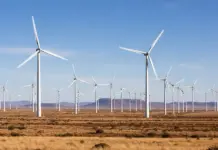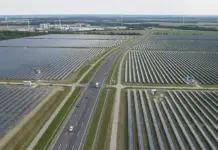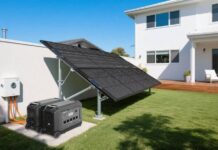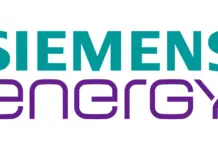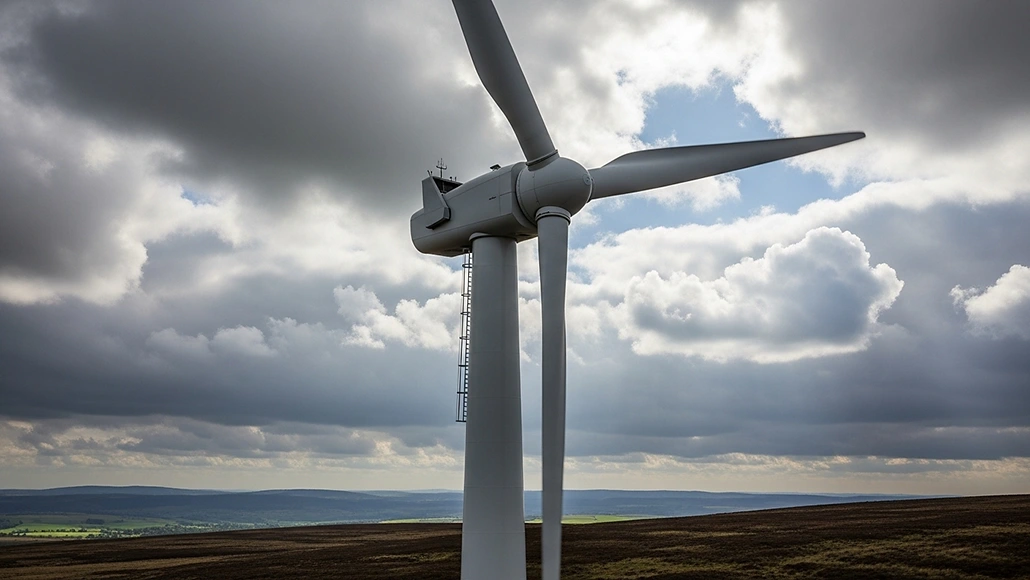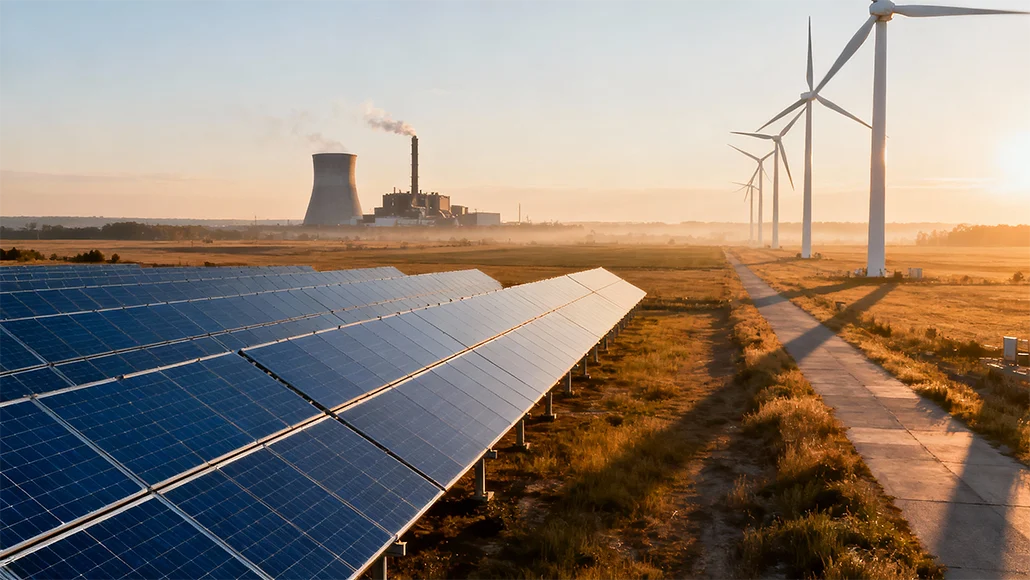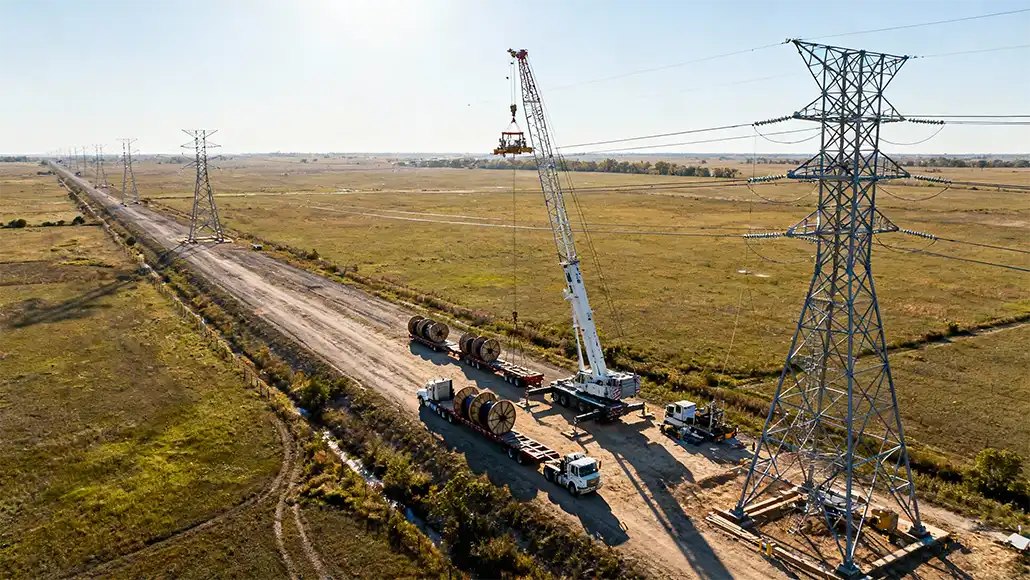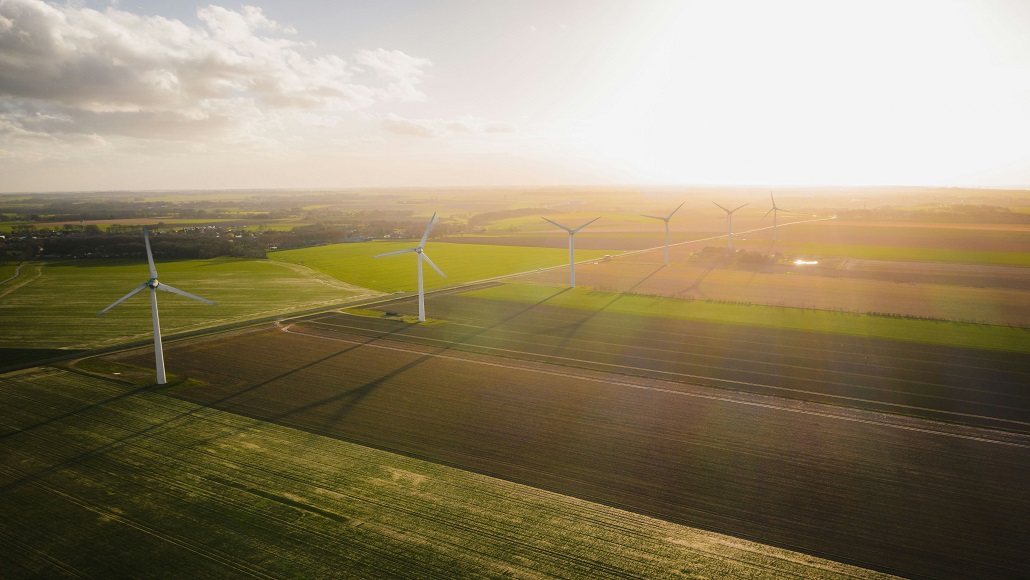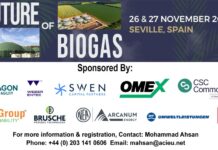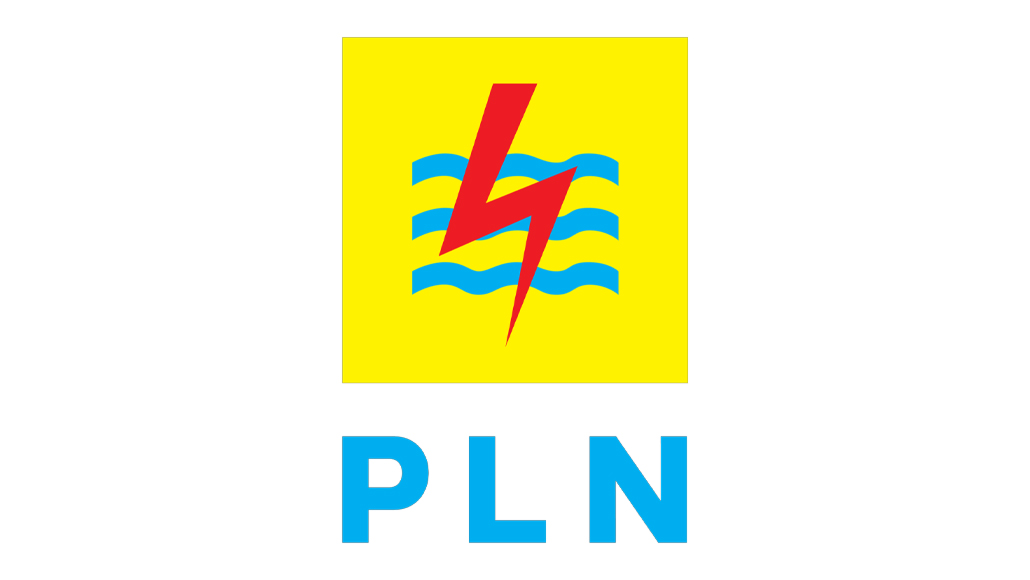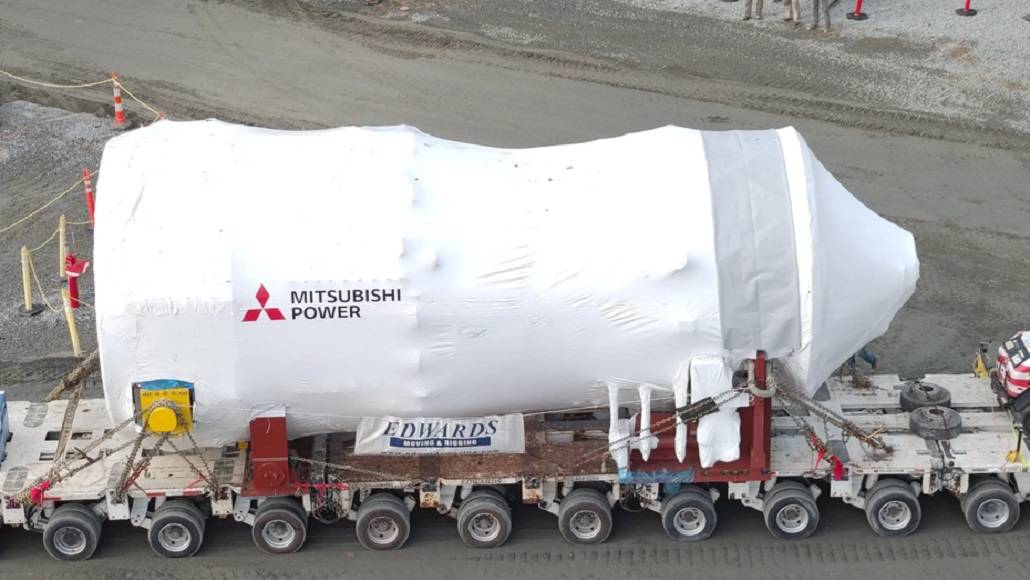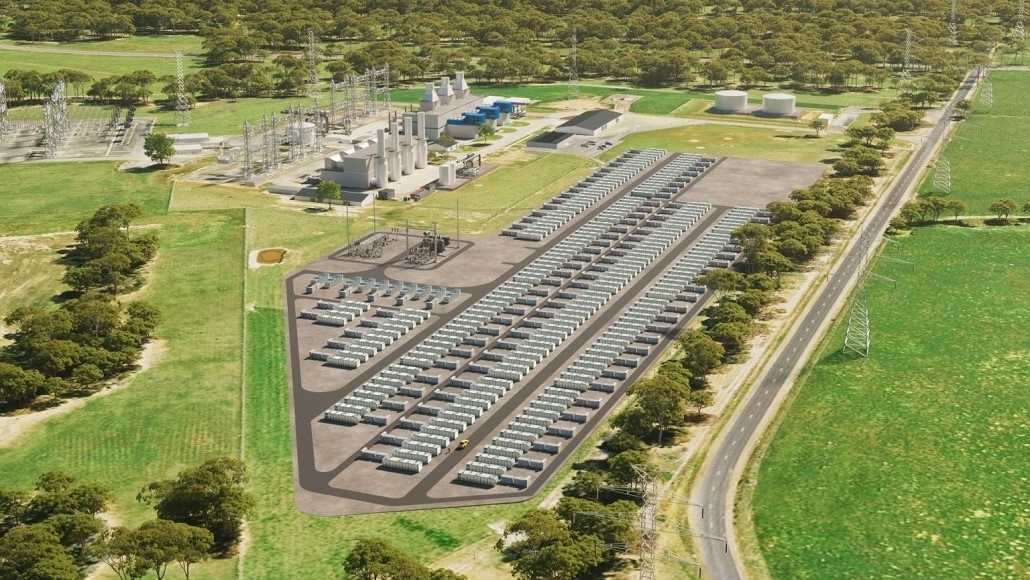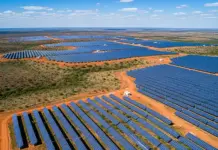Power generation is a essential element of modern civilization, and with it, all the sectors, cultures, and societies have progressed. Today, the energy sector is witnessing an unprecedented technological transformation, with digital twin-based motion simulation emerging as a gamechanger for smart power plant operations. Harnessing the power of real-time data analytics, predictive models, and simulation technologies powers the high-impact solution of digital twins for designing, operating, and maintaining power plants.
However, as a result of the global focus on efficiency, sustainability, and adaptability of power generation, the significance of digital technologies has skyrocketed.
Motion simulation based on digital twins has come to the forefront — it has become an essential ingredient for achieving operational excellence, minimizing downtime, and maximizing resource utilization. The power generation sector worldwide is shifting towards smart and autonomous systems, which entails the adoption of digital twins as a priority for stakeholders across the energy landscape.
What Is Digital Twin-Based Motion Simulation?
At its core, digital twin is a virtual representation of a physical system, process, or object capable of mirroring real-time conditions. When applied to motion simulation, digital twins extend this concept by allowing operators to simulate the dynamic behavior of equipment, components, and processes within power plants. These simulations leverage advanced algorithms, machine learning, and sensor data to create precise models that reflect the performance of physical assets.
Within the scope of smart power plant functioning turbines, generators, heat exchangers and cooling systems are the subject of motion simulation. Plant operators can test scenarios, predict outcomes, and make data-driven decisions to improve efficiency and reliability by creating dynamic digital models of these components.
Unlike conventional simulation tools, digital twins are continuously updated with real-time data, enabling them to evolve alongside their physical counterpart. This ability makes them ideally suited for effectively coping with the intricacies of the 21st-century power plants that featured small levels of inefficiencies can possibly lead to cascading impacts on profitability and overall performance.
The Role of Digital Twins in Smart Power Plants
The utility of digital twin-based motion simulation in power plant operations lies in its ability to provide a holistic understanding of system behavior. Digital twins use historical data in conjunction with real-time inputs to allow operators to visualize the effects of the myriad of factors (load fluctuations, weather conditions, equipment wear, etc.) on performance outcomes.
One of the biggest advantages of this approach is predictive maintenance. Power plants rely on expensive, high-performance equipment that operates under extreme conditions. Even minor malfunctions can lead to costly downtimes, reduced efficiency, or, in extreme cases, catastrophic failures. Digital twins eliminate these risks as they enable early warning signals of decay. For instance, motion simulations pick up changes in the vibration patterns of turbines, indicating that timely maintenance should be performed before they break down.
Another critical application is in optimizing power plant efficiency. In addition, operational testing of operational strategies within a digital twin models in a controlled virtual environment allows operators to determine the best operating approaches that maximize energy output and minimize waste. For example, it becomes possible to support stability and reliability in power plants with changing variable renewable energy inputs (i.e. wind or solar) by simulating their influence and analyzing potential flow responses on a digital twin.
Driving Innovation in Power Generation
Digital twin-based motion simulation is not just a tool for efficiency and maintenance; it is also a catalyst of innovation in power generation. As renewable energy sources become more integrated into the grid, power plants must adjust to handle fluctuation and intermittency. A big part of this adaptation is digital twins, which let operators model complicated hybrid systems that use both standard power generation and renewable inputs.
To illustrate the point, digital twins can model the interplay between a combined-cycle power plant and an adjacent solar farm. By forecasting load-sharing dynamics and energy storage requirements, operators may optimise the integration of various energy sources. As the energy industry works to reach net-zero emissions and find long-lasting answers for the future, this skill is especially useful.
The technique also fosters design innovation in new power plants. Engineers can simulate the performance of proposed facilities under several situations by building digital models, guaranteeing the best design before construction starts. It’s easier to bring new power generation methods to market because this lowers project risks, speeds up development, and cuts costs.
Data at the Heart of the Transformation
Data availability and quality are key to an effective digital twin-based motion simulation. Sensors, Internet of Things (IoT) devices, and advanced monitoring systems create a huge amount of data in power plants. Digital twins combine and mesh this data to deliver accurate and detailed models that reflect the realities of real-world operations.
AI and machine learning are central to this process. These technologies take historical data, unearth patterns and correlations within that data, and use them to improve accuracy of these simulations. AI-driven twins can simulate how environmental conditions — such as temperature or humidity — affect turbine performance, delivering insights that allow for more optimized operating strategies, for instance.
But with data management come challenges, too. The implementation of the system causes critical considerations like the security of the data, interoperability among legacy systems, and privacy. To get maximum value from digital twins a company also needs to build defensible operations through healthy data governance and cyber security.
Real-World Applications and Success Stories
Digital twin-based motion simulation is already building considerable power for plants around the globe. Finally, one example in particular focused on using a digital twin platform at a European combined-cycle power plant to track the turbine in real time. When the platform simulated the dynamics of motion, which pinpointed inefficiencies in the cooling system, the operators made targeted adjustments that led to overall efficiency improvement of 7%.
Likewise, a large North American utility employed digital twins to better integrate wind and hydroelectric generation. The simulations yielded actionable insights about load-balancing strategies that would help the utility shorten and minimize energy curtailment, maximizing revenue.
Just last year, a coal-fired power plant in Asia used digital twin technology to enhance its environmental performance. Using combustion dynamics, motion simulations explored ways to decrease emissions and allocate fuel in a manner that helps the plant satisfy rigorous environmental standards.
The Road Ahead
The future of digital twin-based motion simulation in smart power plants is bright, with new advancements poised to expand its capabilities further. Technology such as quantum computing, edge computing, and 5G networks are under development and will help to make simulations much more accurate and faster, creating more intricate renders of how a particular power plant might react.
The rise in focus towards sustainability and the integration of renewables, will make the digital twin a done deal in the future to ensure ease in getting through the mapping of a decarbonized energy system. Digital twins will thus be crucial in supporting the global transition to cleaner, more sustainable power, providing insights beyond operational efficiency.
Digital twin-based motion simulation represents a game-changing approach to power plant operations and optimization, enabling unprecedented levels of efficiency, reliability, and sustainability. The technology is also enabling mind-blowing advancements, from predictive maintenance to renewable energy integration. As power generation continues to evolve, digital twins will remain a frontier of innovation that will facilitate smarter, more adaptable, and more resilient power plant operations.


